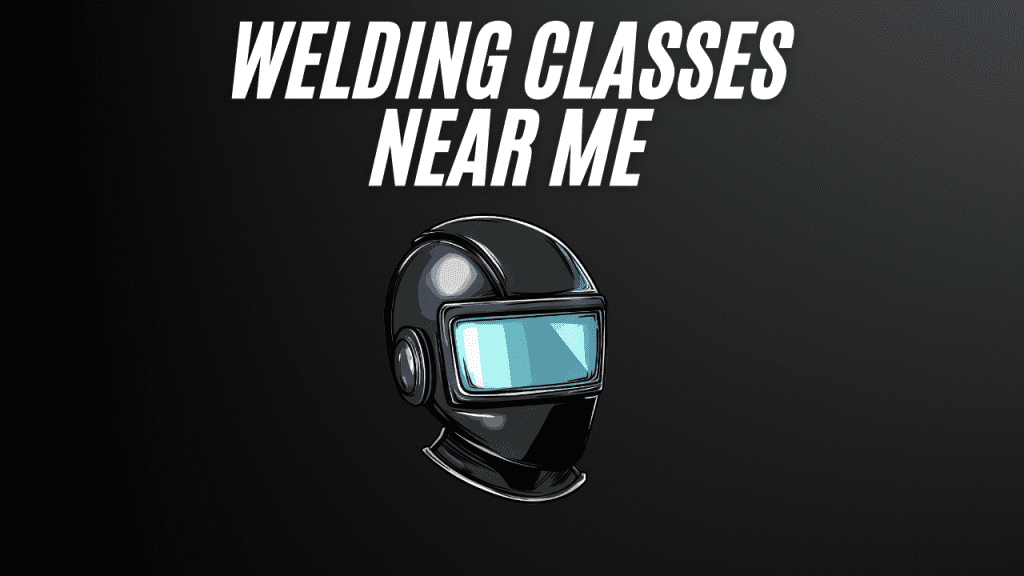Table of Contents
What Size Breaker Do I Need for a 230-Amp Welder?
Determining the right breaker size for a welder is crucial for ensuring safe and efficient operation. The breaker must provide adequate amperage while accommodating the welder’s voltage and wire gauge requirements. Here’s a detailed guide to help you make the right choice.
General Guidelines for 230-Volt Welders
A 230-volt welder typically requires a 60-amp breaker. However, it’s sometimes necessary to use a breaker larger than the rating listed on the welder’s plate, depending on the application and setup. Using the correct wire size is equally important to prevent the breaker from tripping or the wires from overheating. For 60-amp circuits, 6- to 4-AWG wires are recommended.
Minimum Breaker Size
For most welding machines, a 30-amp breaker is the minimum acceptable size. This ensures the breaker can handle the welder’s current without frequently tripping under normal operating conditions.
Importance of Wire Gauge in Breaker Selection
The wire gauge matters more than voltage when determining the appropriate breaker size. Improper wire sizing can lead to operational and safety issues.
- 40–50 Amp Welders: Use a 50-amp breaker with 6- to 8-AWG wires.
- 30–40 Amp Welders: Pair with a 40-amp breaker and 8-AWG wires.
Using wires that are too small increases the likelihood of the breaker tripping, while oversized wires can lead to overheating and equipment damage.

Recommendations Based on Welder Voltage and Amperage
Proper electrical setup is critical for ensuring the safe and efficient operation of your welder. This includes selecting the right circuit breaker, wire gauge, and plug format based on your welder’s voltage and amperage requirements. Here are detailed recommendations and guidelines for various welder configurations.
For 220-Volt Welders
220-volt welders are common for light to medium-duty welding tasks, and they require robust electrical setups to handle their power needs.
- Breaker Size Install a breaker rated for at least 30 amps for most 220-volt welders. This ensures sufficient current flow for typical welding operations without tripping the breaker.
- Plug Format The standard plug format for 220V welders in the U.S. is a 6-50P receptacle. This heavy-duty plug ensures a secure and stable connection.
- Larger Welders For welders drawing up to 250 amps, upgrade to a 50-amp breaker paired with appropriately rated wires to handle the increased current demand. Ensure all components comply with National Electric Code (NEC) standards to maintain safety.
For 240-Volt Welders
240-volt welders are often used for heavy-duty and industrial applications. Their higher voltage demands require specific circuit configurations.
- Breaker Size These welders typically need breakers rated between 30 and 50 amps, depending on the machine’s specifications and amperage draw. Always check the welder’s manual for exact requirements.
- Wire Gauge Proper wire sizing is critical to prevent overheating and power loss. Consult the NEC Table 310-16 for guidance:
- 8 AWG Wire Supports up to 40 amps at 60°C, suitable for moderate-duty welders.
- 6 AWG Wire Supports 55–75 amps, making it ideal for larger welders requiring higher amperage.
Key Considerations for Circuit Breaker Selection
Match Breaker Size to Welder Amperage
- Choose a breaker rated slightly higher than the welder’s maximum current requirements to accommodate startup surges and occasional power spikes. For instance:
- A welder with a maximum draw of 25 amps should be paired with a 30-amp breaker.
- For welders drawing close to 50 amps, a 60-amp breaker may be appropriate.
Prioritize Proper Wire Sizing
- Using the wrong wire size can result in overheating, voltage drops, and fire hazards. Follow NEC recommendations for wire gauge:
- For circuits requiring 40 amps, use 8-gauge wire.
- For circuits requiring 50 amps, use 6-gauge wire.
- Always factor in the circuit’s length; longer circuits may require thicker wires to compensate for voltage drop.
Install a Dedicated Circuit
- Welding machines should have their own dedicated circuit to avoid overloading shared circuits and ensure reliable performance. Sharing circuits with other devices increases the risk of tripping breakers and causing voltage drops that can damage the welder or produce inconsistent welds.
Avoid Oversized Breakers
- While it may seem safer to use an oversized breaker, this can be counterproductive. A breaker rated significantly higher than the welder’s requirements may not trip during a fault, leading to wire overheating and potential equipment failure. Always match breaker size closely to the welder’s amperage needs.
Special Cases
200-Amp Welders
- Power Requirements These welders draw significant power and are typically used for industrial or heavy-duty tasks.
- Recommended Setup Use a breaker rated for at least 50 amps and pair it with 6-gauge wire. For even higher amperage draws, consult the NEC and the welder’s manual to ensure compliance with safety standards.
40-Amp Circuits
- Circuit Configuration For welders requiring a 40-amp circuit, use 8-gauge wire. Keep the circuit short to minimize voltage drop and maintain welding efficiency. Shorter circuits reduce resistance and improve power delivery.
Additional Tips
Extension Cords
- Heavy-Duty Cords Use extension cords specifically rated for the welder’s amperage and voltage. Underrated cords can lead to power loss, overheating, or fire hazards. Look for cords with industrial-grade insulation and conductors.
- Length Considerations Minimize cord length whenever possible, as longer cords increase resistance and can reduce the voltage delivered to the welder.
Professional Installation
- Why Hire an Electrician Improperly installed breakers or circuits can cause equipment damage, increase the risk of fire, and void your welder’s warranty. A licensed electrician ensures compliance with local codes and proper installation.
- Custom Needs For specialized setups, such as running multiple welders or operating in unique environments, professional input is invaluable.
Check Manufacturer Recommendations
- Most welder manuals provide detailed guidance on circuit breaker and wire requirements. Always refer to the manufacturer’s specifications to ensure optimal performance and safety.
- When in doubt, err on the side of caution by selecting components rated slightly higher than the minimum requirements.
By carefully matching your welder’s voltage and amperage needs with the correct circuit breaker, wire size, and other electrical components, you can ensure safe, reliable, and efficient operation for any welding project.
Conclusion
Selecting the correct breaker size for your welder ensures optimal performance and safety. Always consider the welder’s amperage, wire gauge, and duty cycle when choosing a breaker. For most 230-volt welders, a 60-amp breaker is a reliable choice, but always verify with the equipment specifications and consult a professional electrician for installation.
Additional Resources
Get your welding gear here.


